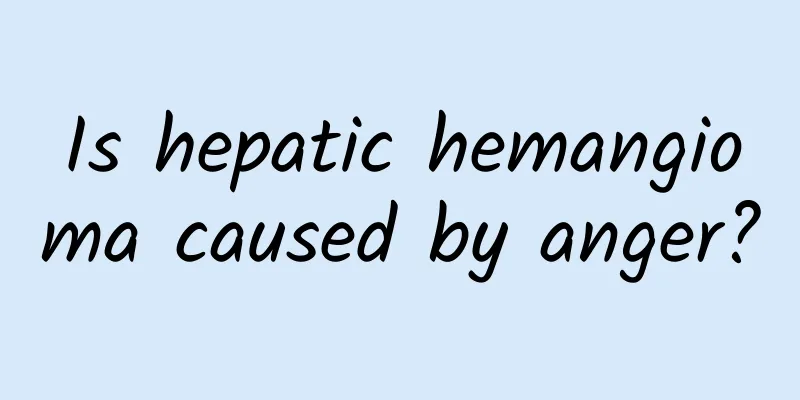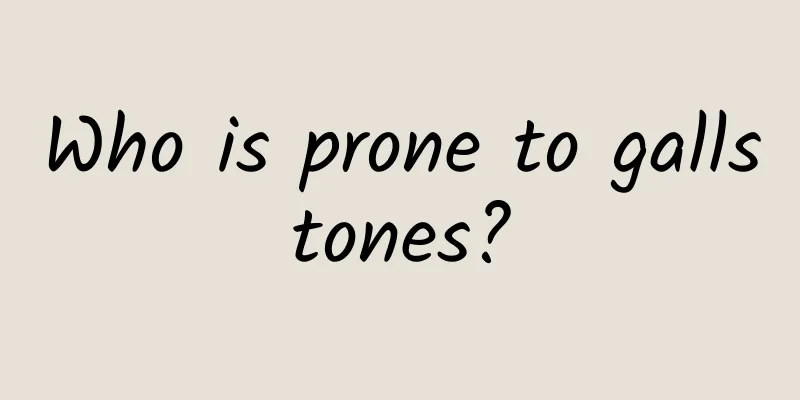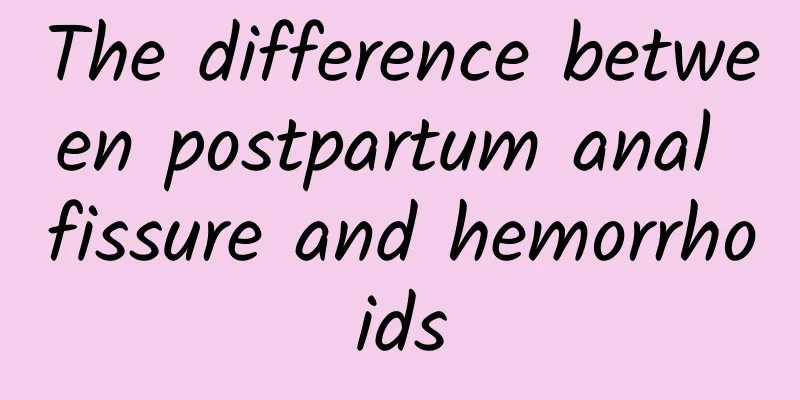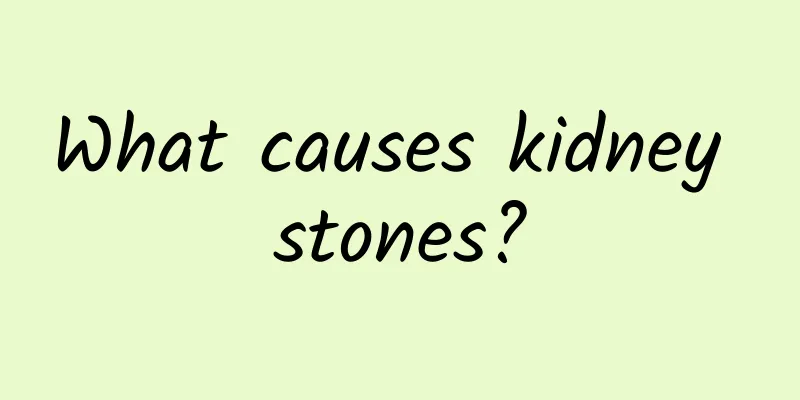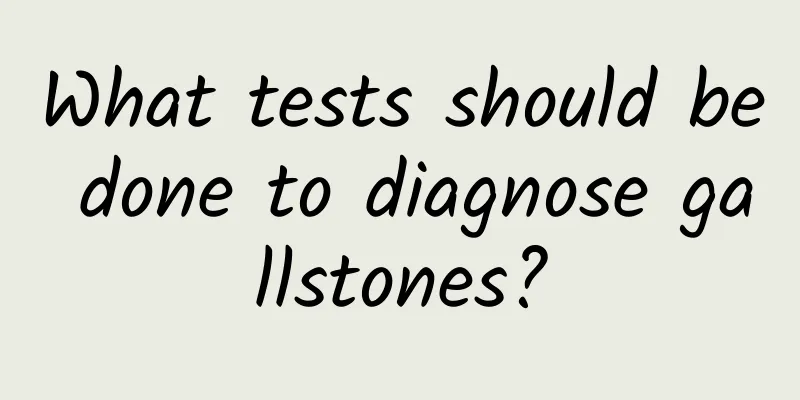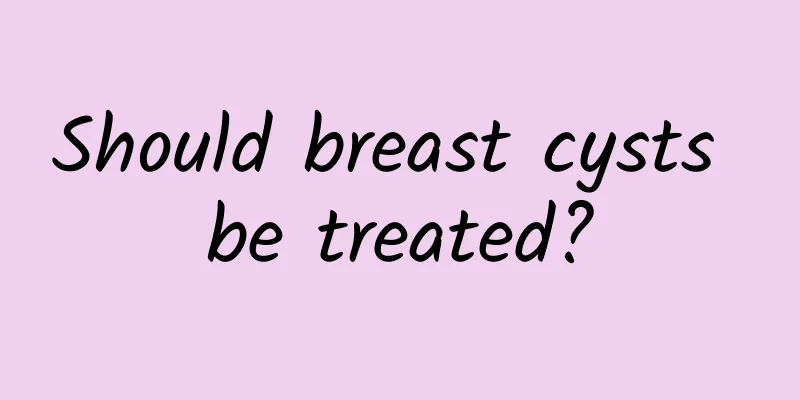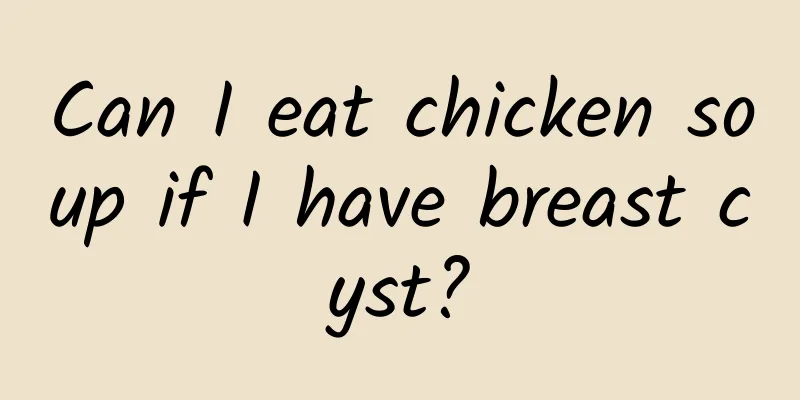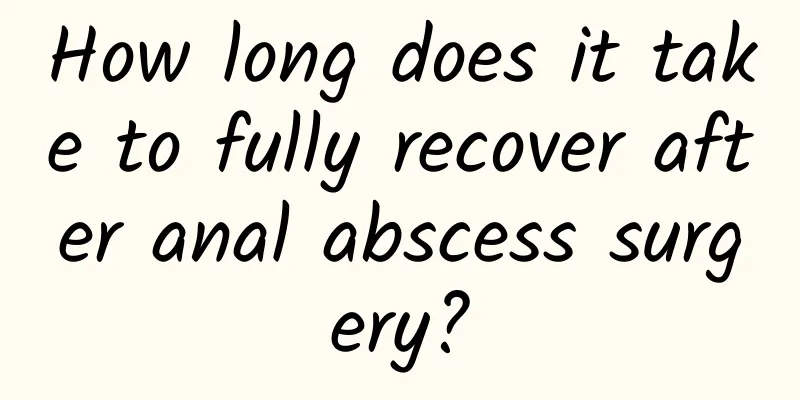What are the symptoms of heel bone spurs?
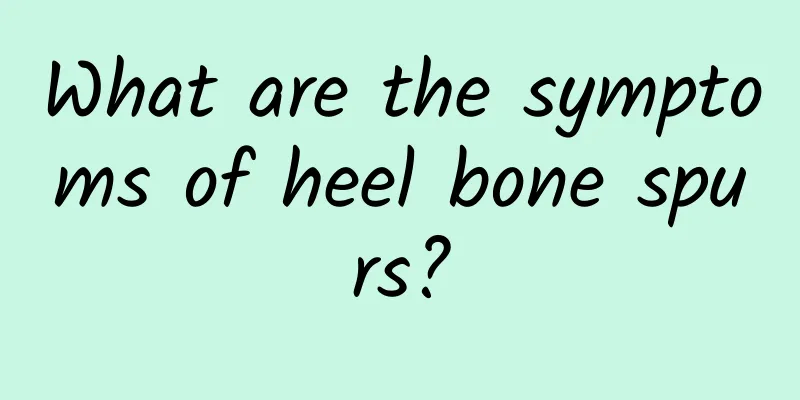
|
Symptoms of heel bone spurs include heel pain, limited mobility and local tenderness. If the condition is severe, you should seek medical attention immediately. The formation of bone spurs is related to long-term strain, joint degeneration, and overweight. Treatment includes medication, physical therapy and lifestyle adjustments. 1. Heel pain The most common symptom of heel bone spurs is heel pain, which is particularly noticeable in the morning when you get up or stand up after sitting for a long time. This pain is usually tingling or dull, and may gradually subside with activity, but it will get worse after walking or standing for a long time. The main cause of the pain is that the bone spurs irritate the surrounding soft tissues, causing an inflammatory response. Relief methods include avoiding standing for long periods of time, wearing soft-soled shoes, or using heel pads. 2. Limited activity Bone spurs may limit the movement of the foot, especially when walking, running or jumping, the patient will feel discomfort or increased pain. This is because bone spurs compress the surrounding tissues and affect the normal movement of the joints. Improvement methods include moderate foot stretching exercises, such as plantar fascia stretching, and avoiding strenuous exercise. At the same time, local muscle tension can be relieved by hot compresses or massage. 3. Local tenderness There is usually obvious tenderness when pressing the heel spur. This is because the bone spur directly stimulates the surrounding tissues, causing local inflammation and pain. Ways to relieve tenderness include using non-steroidal anti-inflammatory drugs such as ibuprofen and diclofenac to reduce inflammation, or applying anti-inflammatory and analgesic ointments locally. Ice compresses can also help reduce local swelling and pain. 4. Treatment methods In terms of drug treatment, commonly used drugs include nonsteroidal anti-inflammatory drugs, local analgesics and glucocorticoid injections. Physical therapy includes ultrasound therapy, shock wave therapy and infrared irradiation, which can promote local blood circulation and relieve pain. In terms of lifestyle adjustments, it is recommended to control weight, reduce foot load, choose suitable shoes, and keep feet warm in daily life. Although heel spurs are common, timely treatment and reasonable lifestyle adjustments can effectively relieve symptoms and improve quality of life. If the pain continues to worsen or affects daily activities, you should seek medical attention and seek help from a professional doctor, and if necessary, undergo imaging examinations or surgical treatment. |
<<: What causes bone spurs on the waist?
>>: Causes of aneurysm rupture
Recommend
Can cervical spondylosis cause a foreign body sensation in the throat?
Cervical spondylosis may cause a foreign body sen...
How to care for a child with a fracture after removing the plaster
After the plaster is removed from a child's f...
Can I eat brown sugar if I have breast cyst?
Patients with breast cysts can usually eat brown ...
How to correct cervical bone protrusion
A bulge in the cervical spine may sound a little ...
How to effectively prevent gallstones?
Effective prevention of gallstones requires dieta...
What should be prevented for cervical spondylosis?
To prevent cervical spondylosis, we first need to...
Is it normal for a 3-year-old to have X-shaped legs?
In most cases, three-year-olds with X-shaped legs...
What causes difficult defecation and hard stools?
Difficult defecation and hard stools are usually ...
How many days does it take to recover after rectal polyp removal?
It usually takes 1-2 weeks to return to normal af...
Consequences of untreated gallstones
If gallstones are not treated for a long time, th...
How to check for cystitis
Cystitis can be accurately diagnosed through symp...
Which department should I go to for fasciitis
Rest, local hot compress, blood-activating and st...
What vegetables are good for breast cysts?
Patients with breast cysts can eat more vegetable...
Iga vasculitis and Henoch-Schonlein purpura
The treatment of IgA vasculitis and Henoch-Schönl...
How does Traditional Chinese Medicine treat breast cysts?
Traditional Chinese medicine treatment of breast ...
